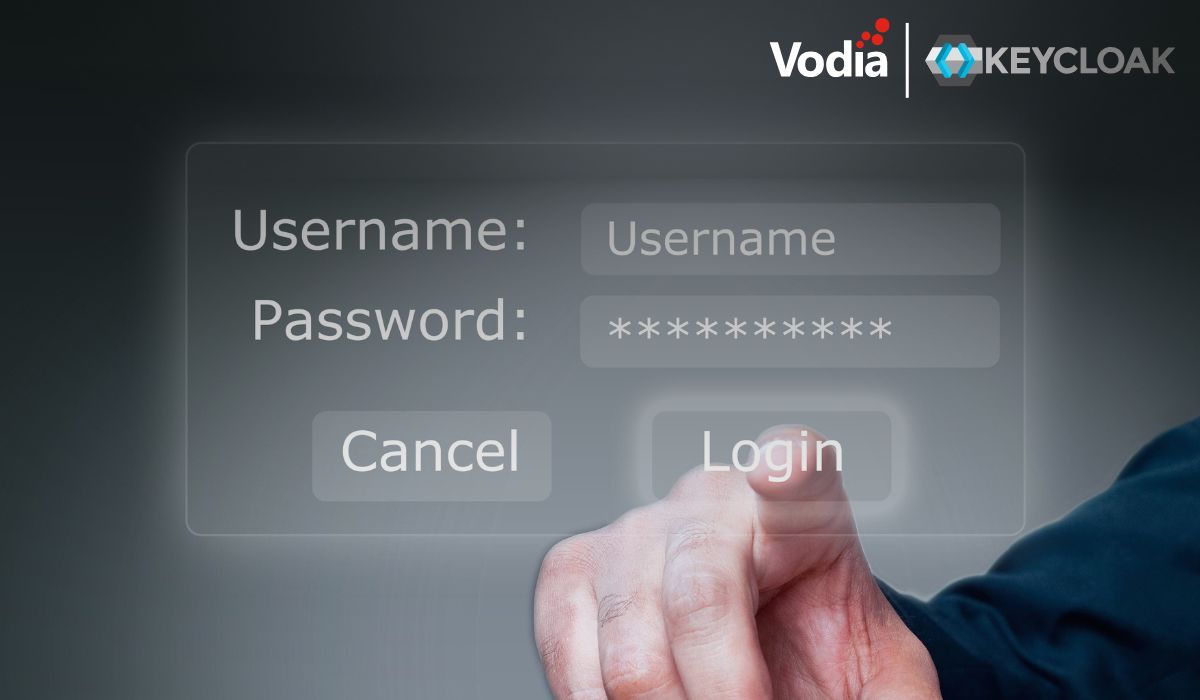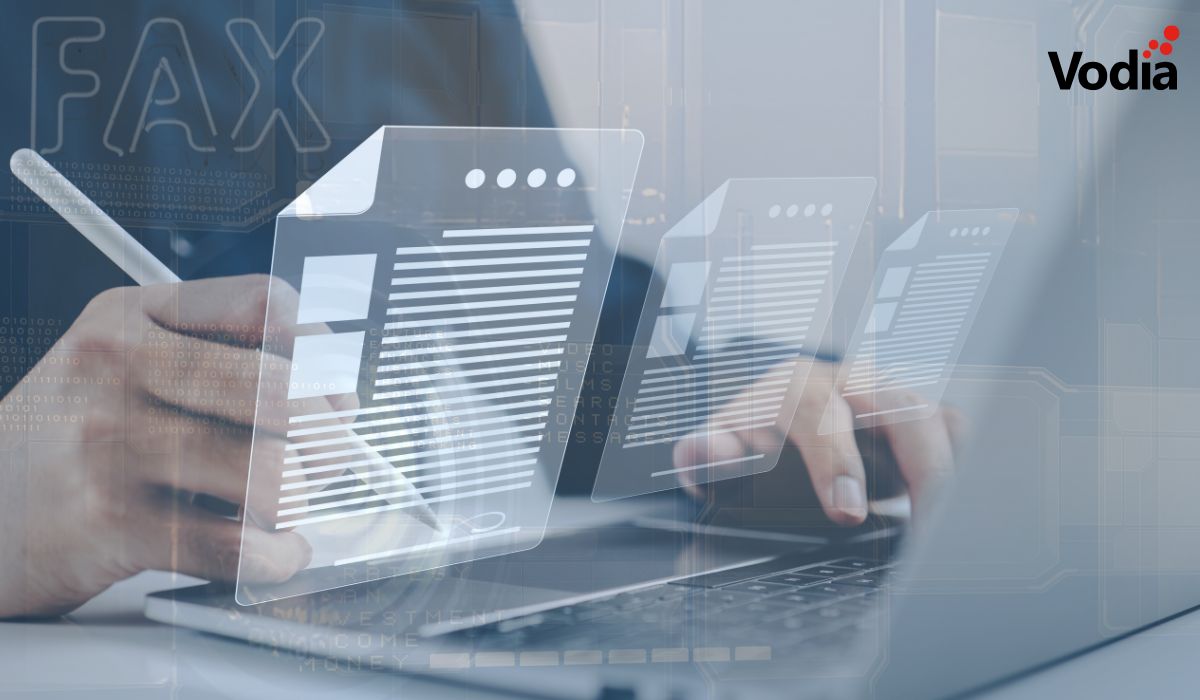Vodia IVR has become more powerful and intuitive with javascript control and call flow.
Apart from communicating with AI (through voice) and powerful call flow (which is covered in another blog), it can also be used much more flexibly (thanks to javascript) in a variety of other ways. One of them is to control the prompts and call flow from the server.
IVR Setup
To set up a Vodia IVR node to use Javascript, simply choose “Javascript” from the dropdown in the IVR node settings and save. A text area will appear where you can enter your javascript code - if you want to do anything with the call that's connected to this IVR (say from an outside trunk number that ended up in this IVR), use the call object as shown below.
Play prompts from a Server
To play a prompt, you can use Text to Speech in the call object. For example, to greet someone in a call connected to the IVR, simply call the “say” function of the call object:
call.say(“Hi, you have reached company ABC, how may I help you today?”)
The above text will be converted to speech and played for the caller.
Similarly, this text can come from a server in response to an HTTP request based on different situations, e.g., what code (through DTMF) the caller provided as a customer, etc.
HTTP example
Here is how to POST an HTTP request to a server (replace SERVER_UTL with your server url) with a body of some numbers. It accepts a javascript function as a callback, which is called when a response is received from the server with the code, response, and headers - as you can see below. In this example, the response is in JSON format, so it is parsed for the message and the message is played to the caller with call.say(res.message).
var body = “123456”
var args = {
'method':'POST',
'url': 'https://SERVER_UTL',
'header': [ { name: 'Content-Type', value: 'text/plain'} ],
'callback': callback
}
if (body) {
args.body = body
}
system.http(args)
function callback(code, response, headers) {
console.log("IVR response:" + code.toString())
var res = JSON.parse(response)
if (res.message) call.say(res.message)
}
Call flow control from a server
When you want to transfer the call connected to the IVR to another extension, group, IVR or anywhere else, simply call the transfer function of the call object with the destination. For example, to transfer to another IVR 87:
call.transfer(“87”)
Similarly, as in the example above, that destination can come from the server as a response to an HTTP request.
A simple example
Let’s say we want to ask the customer to enter a customer code, send it to a server and, if found, give one prompt, followed by a transfer to the customer service department, say account 42. If the code isn't found, a different prompt will be given and followed by a transfer to a different IVR (let's say 70).
'use strict';
call.say('Welcome to company ABC. Please enter your 8 digit customer number.')
var digits = ''
call.dtmf(ondtmf)
function ondtmf(digit) {
digits += digit
if (digits.length == 8) {
send(digits)
digits = ''
}
}
function send(digits) {
var body = digits
var args = {
'method':'POST',
'url': 'https://SERVER_URL',
'header': [ { name: 'Content-Type', value: 'text/plain'} ],
'callback': callback
}
if (body) {
args.body = body
}
system.http(args)
function callback(code, response, headers) {
console.log("IVR response:" + code.toString())
var res = JSON.parse(response)
if (res.message) call.say(res.message)
if (res.transfer) setTimeout(function(){
call.transfer(res.destination)
}, 5000)
}
}
Of course this is just an example. This can be accmplished in different ways and with proper checks and logs, etc.
The function call.ondtmf() takes a function as callback, which is called every time a digit (DTMF) is pressed with the value of the digit passed as argument. In this example, they are being concatenated into a string and finally sent to the server. In this example, the server responds with a JSON reply with a message (to play out as speech) and a destination (where to transfer the call after playing the message).
So, if the number is found it could return something like this:
{
“message”:“Thanks Mr. Jones for the number. I will now transfer you to Customer Service.”
“Destination”:“42”
}
If the number isn't found, it could return something like:
{
“message”:“Sorry. The number you provided does not exist.”
“Destination”:“70”
}
When the response is received and parsed, the message is played, then the call is transferred to the destination. The transfer is done after a timeout of 5 seconds (5000 ms) to provide some time for the message to be played out completely before the call is transferred.
if (res.message) call.say(res.message)
if (res.transfer) setTimeout(function(){
call.transfer(res.destination)
}, 5000)
Vodia's IVR system with JavaScript control provides businesses with enhanced flexibility and power, enabling them to dynamically manage call flow, personalize prompts, and integrate real-time server responses. By leveraging HTTP requests and handling DTMF inputs, the IVR can offer customized interactions, improving overall customer service efficiency. Whether it's verifying customer information or directing calls based on server responses, Vodia’s solution enhances the IVR experience, allowing businesses to create more intelligent, responsive communication systems. For more information, contact us at sales@vodia.com or call +1 (617) 861-3490.
.svg)





